Southern Wax Myrtle – 7 Gallon Pot (3-4′)
$128.85 Original price was: $128.85.$90.20Current price is: $90.20.
SKU: D2LSC 2356695122 Category: TREES
- Buy quality, buy with us.
- Your Security is Our Promise
- Sustainable materials, for a better tomorrow.
- SSL encryption, absolutely safe shopping

Southern Wax Myrtle
Myrica cerifera
Plant Details
USDA Plant Hardiness Zones: 7a-10b Find Your Zone
Plant Type: Evergreen Shrub or Small Tree
Height at Maturity: 10-15′
Width at Maturity: 10-12′
Spacing: 8′ for solid hedges and privacy screens; 18′ for space between plants
Spacing: 8′ for solid hedges and privacy screens; 18′ for space between plants
Growth Habit / Form: Upright, Rounded
Growth Rate: Moderate to Fast
Flower Color: Inconspicuous
Flower Size: Small
Flowering Period: Late Winter
Flower Type: Single
Fragrant Flowers: Yes
Foliage Color: Olive Green
Fragrant Foliage: Yes
Berries: Yes
Berry Color: Blue-Grey
Sun Needs: Full to Mostly Sun, Morning Sun w/Dappled or Afternoon Shade, Afternoon Sun w/Morning Shade
Water Needs: Average, Low when established
Soil Type: Clay, Loam, Sand, Silt
Soil Moisture / Drainage: Well-Drained Moist, Well-Drained Dry when established
Soil pH: 5.0 – 8.0 (Acid to Moderately Alkaline)
Maintenance / Care: Low
Attracts: Birds
Resistances: Deer – more info, Disease, Drought, Heat, Humidity, Insect, Rabbit, Wet Soils
Description
Myrica cerifera, commonly called Southern Wax Myrtle or Southern Bayberry, is a fast growing evergreen shrub or small tree with a very attractive natural shape and look. It is native to the southeastern U.S. from New Jersey to Florida through the Gulf States to Oklahoma and Texas and further south into Mexico and Central America. The glossy, olive green leaves are aromatic, emitting a bayberry candle fragrance when crushed. Fragrant, non-showy flowers appear in late-winter as 1-inch long catkins that are followed on female plants by attractive clusters of small, blue-gray berries that appear in fall persisting throughout the winter. The berries are used to make bayberry candles, soaps and sealing wax. Birds with appreciate you planting a wax myrtle in your landscape because they enjoy feeding on the berries.
Landscape / Garden Uses
Growing in an irregular form to 10-15 feet tall and wide, the Southern Wax Myrtle is an ideal selection for use in the landscape in groupings or as a natural or clipped formal evergreen hedge, privacy screen or background planting. Lower branches can be removed to form a very attractive small tree that serves well as a specimen in home foundation plantings and landscape borders. Since birds love the winter berries, it is a welcome addition to bird and wildlife gardens.
Note: For our customers who live and garden north of USDA Plant Hardiness Zone 7a, where the Southern Wax Myrtle is not winter hardy, you’ll be happy to know it can be grown in containers that can be brought indoors during winter and placed back outside when temperatures warm up in spring.
Growing Preferences
The Southern Wax Myrtle is very easy to grow in full sun to part shade. It adapts to most any soil of average fertility to poor soils. When young it prefers a consistently moist soil, but established plants are exceptionally drought tolerant. Those living and gardening on or near the coast will be happy to know that this attractive evergreen plant is tolerant of salt spray. No pruning is required however plants respond well to it for hedges, shapes and tree form.
Helpful Articles
Click on the link below to find advice from our experts…
How To Plant & Care For A Wax Myrtle Shrub Or Tree
Plant Long & Prosper!
Meet The Wilson Brothers & Staff >
Questions? Contact Us!
Be the first to review “Southern Wax Myrtle – 7 Gallon Pot (3-4′)” Cancel reply
Related products
Sale!
Sale!
Sale!
Sale!
Sale!
Magnolia Trees
Sale!
Sale!
Sale!



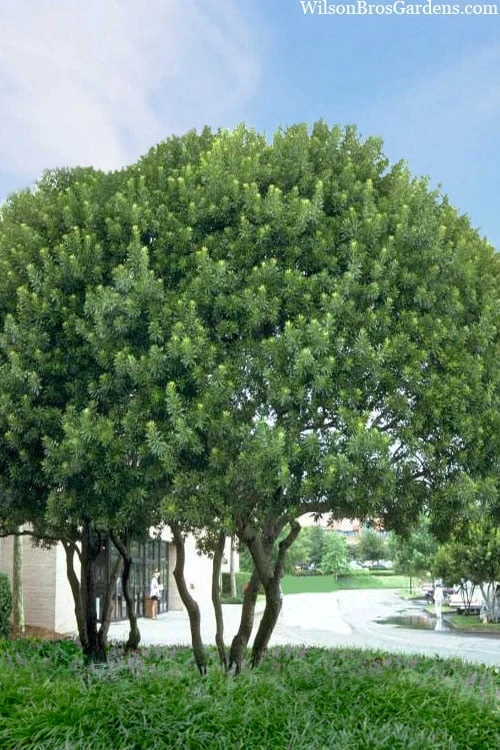


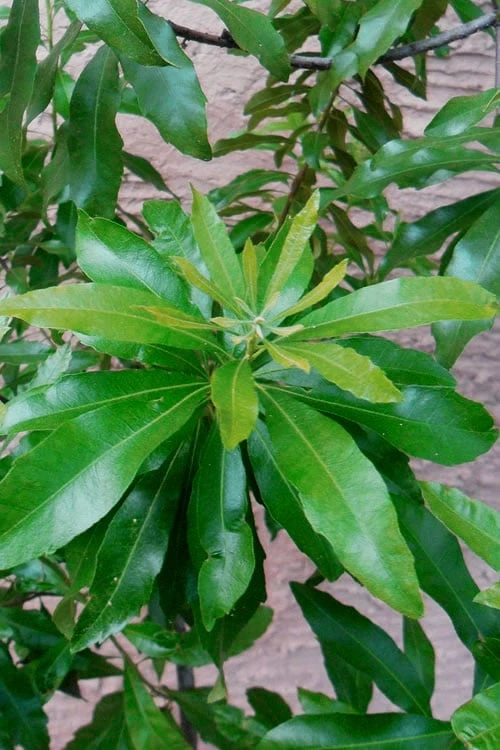
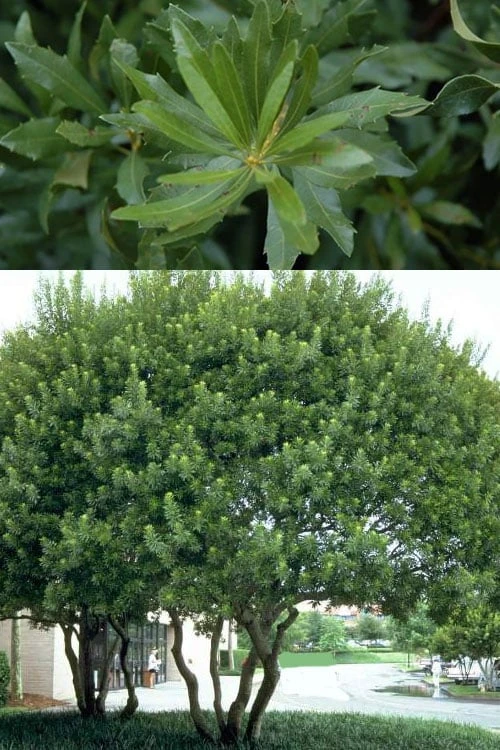




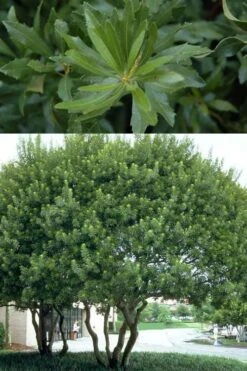




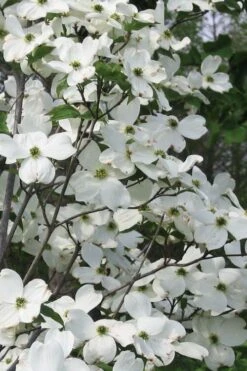

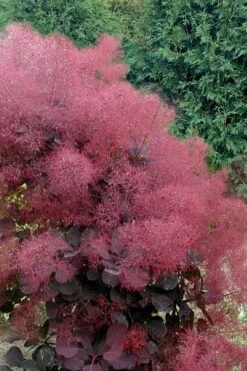









Reviews
There are no reviews yet.